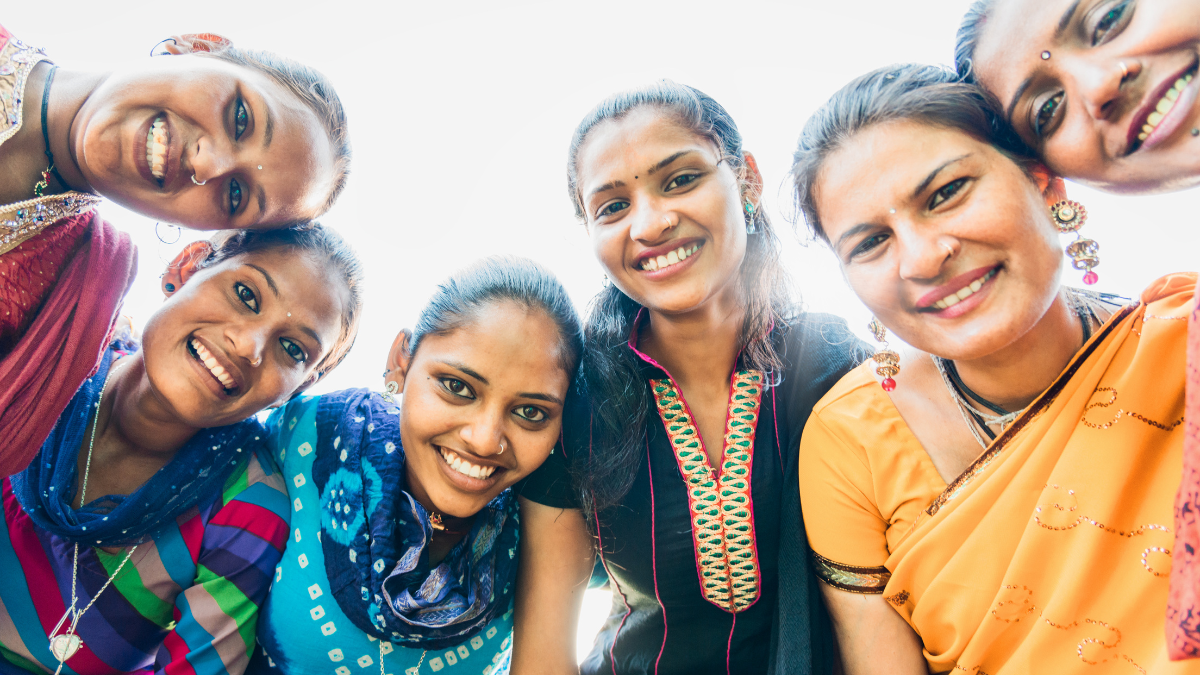From suggestions to “cover-up” to being asked to move away from restaurants, malls, and other crowded spaces, lactating mothers have long struggled with society’s discomfort about a very natural process!
There has been a lot of discussion about the benefits of breastfeeding for the infant and the mother. But when it comes to breastfeeding in a public space, the discussion falls short in front of cultural and social contexts that supposedly bound women to how they are expected to behave or carry themselves.

This World Breastfeeding Week, we take a look at what makes breastfeeding in public that big a deal!
Breastfeeding In Public Is Challenging

81% of mothers find the lack of proper feeding spaces to be the biggest challenge in breastfeeding infants in a public place.
The majority of them point out uncomfortable stares, hygiene issues, and lack of privacy to be their most significant deterrents.
What Is The Problem Here?

The most common response to breastfeeding in public is that it makes others feel uncomfortable. This stigma is highly influenced by the way female breasts are perceived in society. What is sought to be an essential source of nutrition for every infant, is also an oversexualized organ.
A report by Economic and Political Weekly highlights that a lactating woman runs the risk of being harassed or accused of indecent exposure if she chooses to feed an infant outside of the home. This stems from the typical notion of considering breastfeeding to be a ‘domestic chore’.
But what if the baby is hungry outside? Should mothers be locking themselves in the house for 1-3 years?
Lack Of Infrastructural Support

According to a 2018 survey, women have had to feed their babies in their own car (90%), public transport (78%), restaurants (56%), car parking (49%), trial rooms (47%), washrooms (44%), religious places (41%), parks (32%) and breastfeeding rooms (6%).
The list includes places like a broom closet room in an airport, under a tree, the waiting room of the passport office, bank queues, washrooms, a bench in a mall, a bus stop, and more.
How Can We Tackle This?

Normalizing breastfeeding. Remember, breasts aren’t sexual organs. Instead, they have been sexualized by media representations.
Address the lack of proper infrastructure in public places to feed infants. Designated nursing areas or lactating rooms should be kept in mind when designing and modifying public places. And these spaces shouldn’t be extensions of washrooms that can be stinky or unhygienic.
An appropriate legal and institutional framework becomes crucial to ensure private, safe, and dignified breastfeeding in public spaces.
About the author(s)
Aishwaryaa is a content producer with a passion for storytelling. She is a keen explorer of digital media and learner of feminism, seeking to drive change and social impact through her work. Her interests lie in culture, gender, and human interest stories. You can find her on Twitter, Instagram and LinkedIn.





👏🏾👏🏾👏🏾👏🏾 Brilliantly written. 👏🏾 👏🏾👏🏾👏🏾